On April 22, 1970, an estimated 20 million people gathered around the country in one of the largest demonstrations in U.S. history to celebrate the first Earth Day and demand action be taken on a variety of environmental issues. A few months later, Congress created the Environmental Protection Agency, which is responsible for protecting human and environmental health in the United States.

A rally in New York. Source: Environmental Action Coalition, NYPL
In his 2020 op-ed, This Earth Day, Stop the Money Pipeline, Bill McKibben wrote:
It’s no wonder that people mobilized: 20 million Americans took to the streets for the first Earth Day in 1970 — 10 percent of America’s population at the time, perhaps the single greatest day of political protest in the country’s history. And it worked. Worked politically because Congress quickly passed the Clean Air Act and the Clean Water Act and scientifically because those laws had the desired effect.

Poster from Washington D.C. Earth Day environmental action. Artwork courtesy of the Washington Magazine
In essence, they stuck enough filters on smokestacks, car exhausts, and factory effluent pipes that, before long, the air and water were unmistakably cleaner. The nascent Environmental Protection Agency commissioned a series of photos that showed just how filthy things were. Even for those of us who were alive then, it’s hard to imagine that we tolerated this. Read more.
But there are critical and common misconceptions about Earth Day and the environmental justice movement in the United States. Mike Ludwig explains in his Truthout article, The Civil Rights Movement Fought for Environmental Justice Long Before Earth Day:
Millions of people protested nationwide on Earth Day 1970 demanding environmental protections, and the modern environmental movement was born — or so the story goes. However, environmental justice activists point out the Earth Day movement was largely led by white people focused on conserving wild areas and natural resources, while the civil rights movement had already confronted vast environmental disparities for years.
The roots of the modern environmental movement go much deeper than Earth Day, according to Elizabeth Yeampierre, executive director of UPROSE, an environmental justice group in Brooklyn, New York. As white people and wealthy conservation groups began waking up to the realities of pollution and climate change in the 1970s, Black and Brown people were already fighting for clean air, clean water, and basic environmental services such as trash disposal.
“It’s not been just 50 years,” Yeampierre told Truthout. “It’s been over 500 years of fossil fuel extraction, of colonialism, of basically putting all the polluting and extractive infrastructure next to Black and poor communities in the United States, and filling our lungs with nitrogen dioxide and filing our blood with dioxin.”
Even in 2023, Black communities are left without basic services: In Jackson, Mississippi, years of underinvestment and political neglect left thousands of mostly Black residents without clean water last year. After Hurricane Ida hit in 2021, some Black and working-class neighborhoods in New Orleans went a month without sanitation services, leaving enormous trash piles to fill the hot, humid air with a putrid stench. As climate change brings more frequent flooding and severe weather, other cities could soon face similar problems. Read more.
This event is included on the Zinn Education Project’s Climate Crisis Timeline.


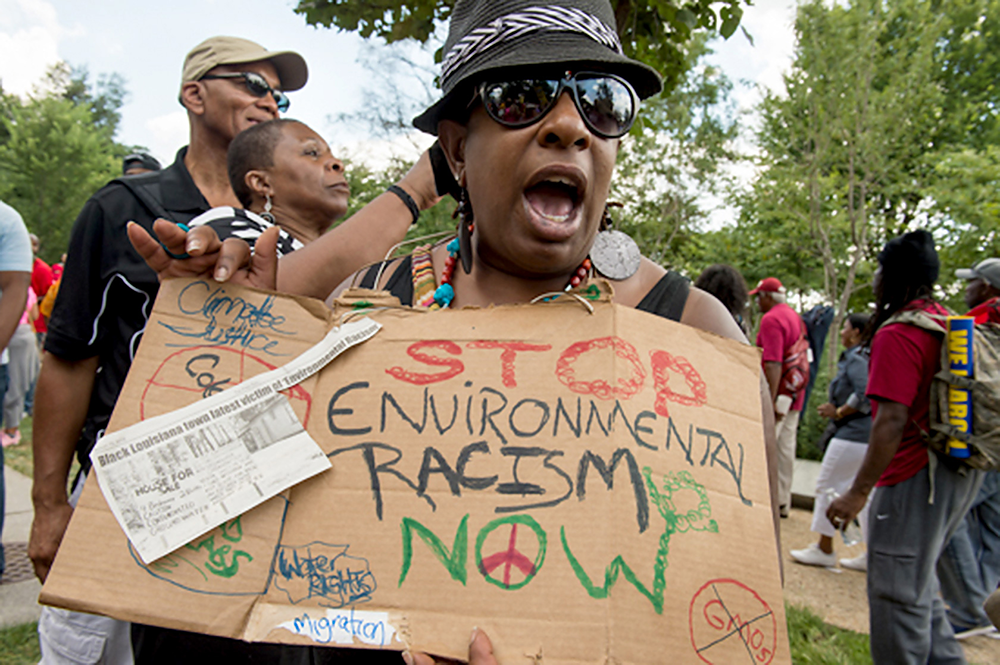
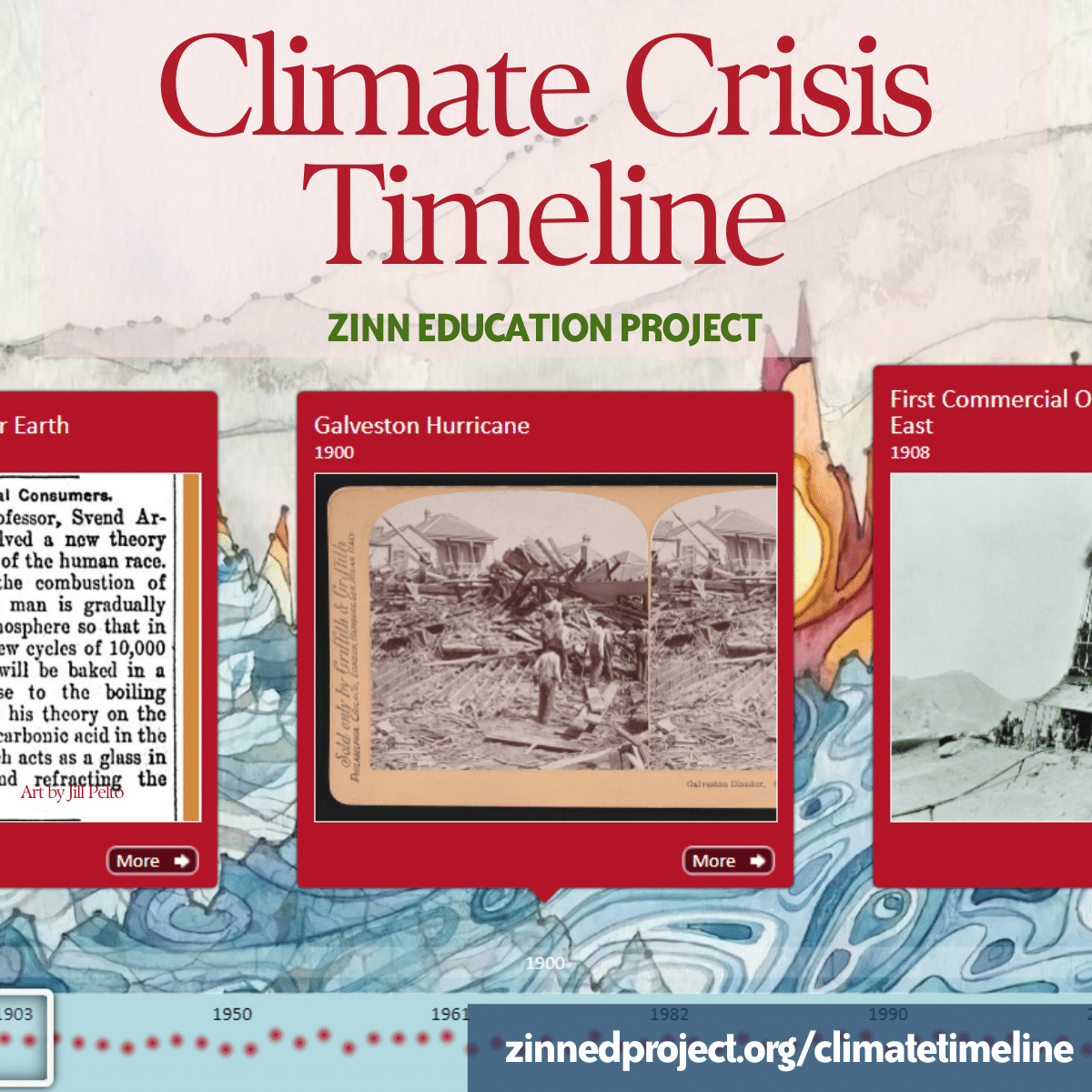
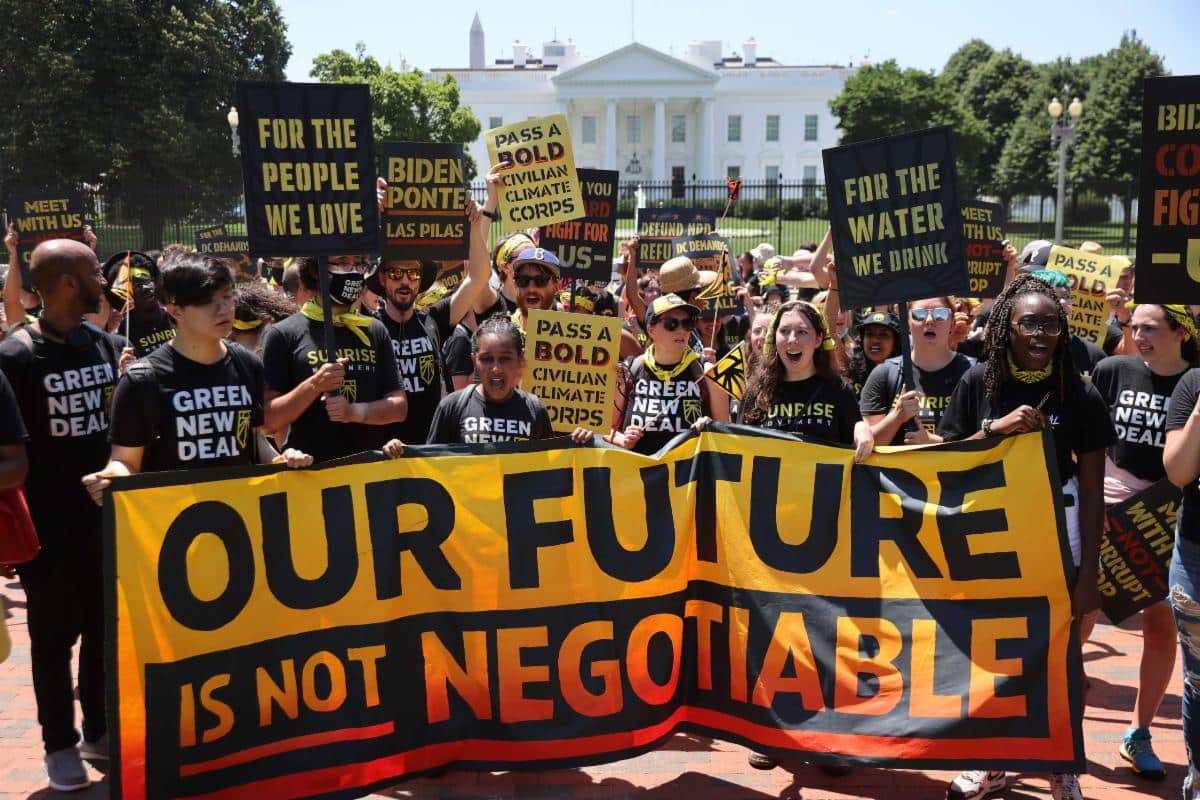

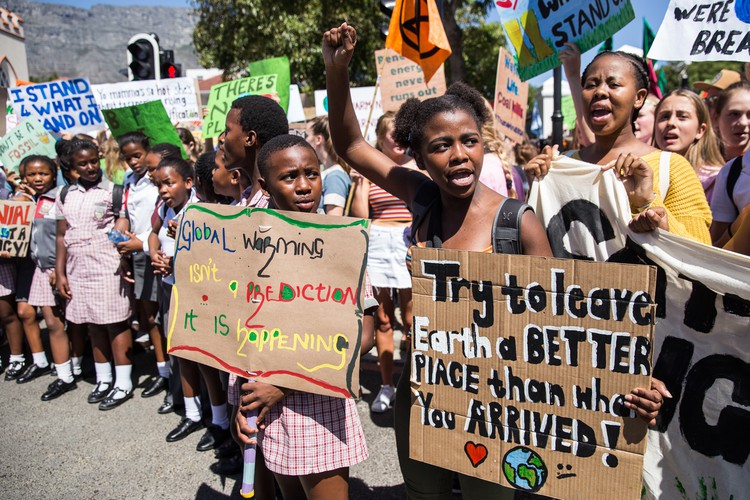
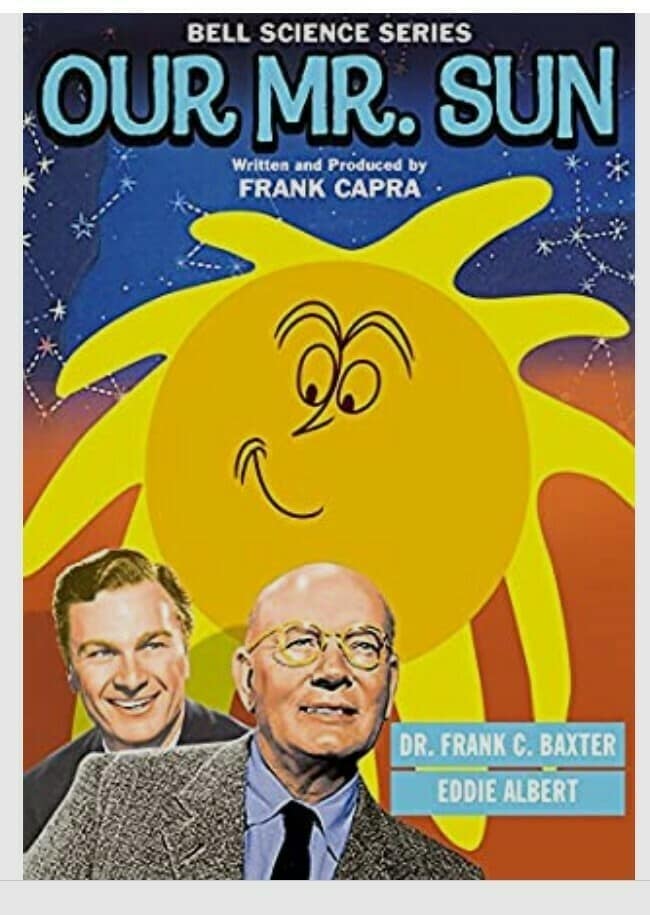







Twitter
Google plus
LinkedIn